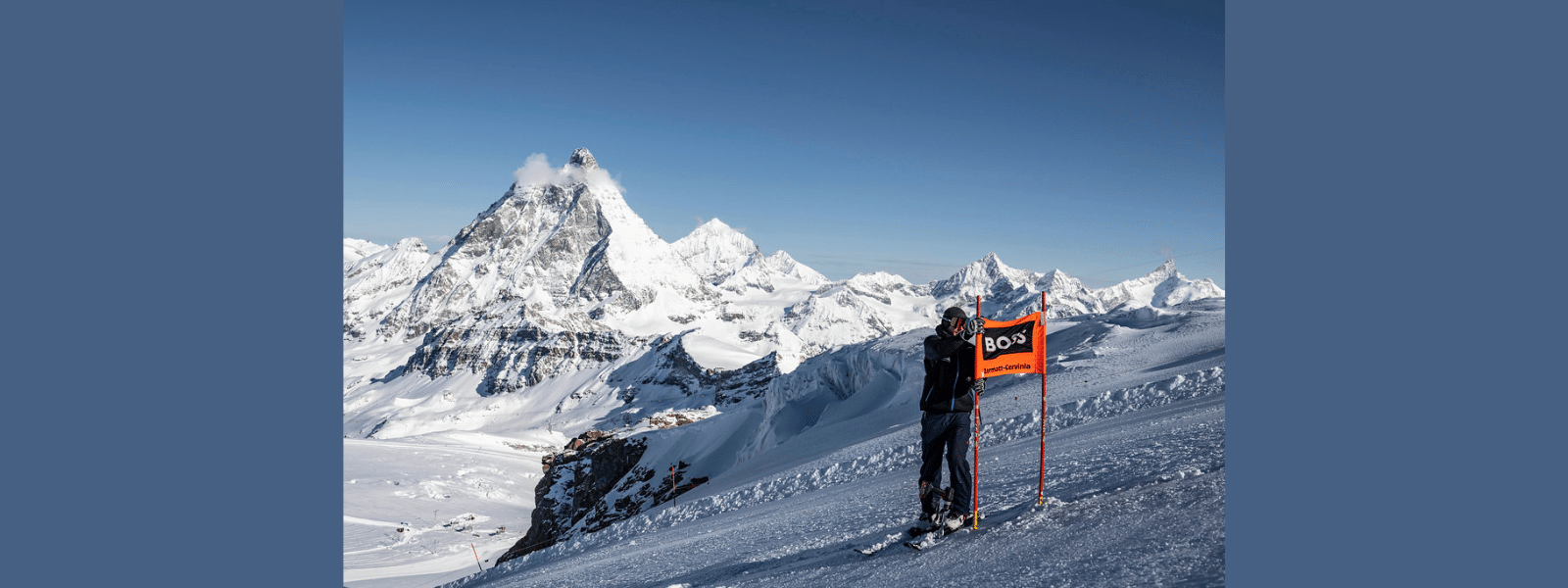USSA Congress: Raising the alpine bar in 2009

PARK CITY, Utah — As the USSA’s Spring Congress carried on, the Alpine Development Subcommittee met at the Yarrow Hotel on Thursday to discuss the 2007-08 season and what can be improved upon at the national development level in 2008-09.
“Our role in USSA is to identify and discuss national issues of development and make recommendations to the Alpine Sport Committee in those areas,” said Dave Galusha, the chair of the subcommittee.
Most of the four-hour meeting was spent on USSA directors reviewing the season. Read on for snippets of the “year in review” and what USSA hopes to do to improve upon it.
PARK CITY, Utah — As the USSA’s Spring Congress carried on, the Alpine Development Subcommittee met at the Yarrow Hotel on Thursday to discuss the 2007-08 season and what can be improved upon at the national development level in 2008-09.
“Our role in USSA is to identify and discuss national issues of development and make recommendations to the Alpine Sport Committee in those areas,” said Dave Galusha, the chair of the subcommittee. The rest of the members consisted of Jeff Byrne, Lake Placid, N.Y.; Peter Dodge, Hanover, N.H.; Finn Gundersen, Park City, Utah; Casey Charlson, St. Paul, Minn.; Wendy Neal, Ludlow, Vt.; Chris Puckett, Steamboat Springs, Colo.; Kent Towlerton, Bend, Ore.; and Doug Williams, Lake Placid, N.Y.
Most of the four-hour meeting was spent on USSA directors reviewing the season. Below are snippets of the “year in review” and what USSA hopes to do to improve upon it.
— Jesse Hunt, USSA’s alpine director, touched on the difficult choice it was to pick a ski team this year. “It’s been a very difficult spring, managing that criteria,” he said. “We’ve ended up selecting a top-notch team. We’ve made some transitions and moved some veterans off the team and that was really hard for us.” However, he said the staff is working with those athletes to offer opportunities and help with transition. “I want people to know that it’s been a super tough spring. These athletes that have spent their lives doing this deserve a lot of recognition,” he said.
He also discussed why the women’s D team is small this season. “We’ve picked a small team so we can have more invitations, more exposure,” he said. There was some concern that the female juniors haven’t had the results like the boys, but the subcommittee was confident that the trend would shift. “Though we didn’t have world junior [success] on the women’s side we certainly have potential — as in Kiley [Staples], as in Laurenne [Ross], as in Julia [Ford].” The main goal at the junior level continues to be broadening the skills base, but at the same time moving the athletes forward. “That’s difficult,” Hunt said. “Those are conflicting [goals] so it’s a challenge from the management standpoint.”
— Luke Bodensteiner, the new associate athletic director of high performance who is responsible for providing support services to the directors of each of the USSA's six sport programs, talked about three topics of interest. One is talent identification, or testing high-level athletes to determine which characteristics are important predicators to their success and placing them in a sport where they can achieve the most success. He said USSA is definitely exploring. “Talent identification is really a new area for us,” he said. “We’re really in the discovery phase of what it is. The main part of our program is still recruitment, retention, and development. [Talent ID] is something we will step into gradually.” Secondly, Bodensteiner said USSA hopes to redesign its pipeline model by adding technical and physical components to help athletes develop and also be aggressive in using education as a tool. Lastly, he said USSA is working on a program that will be put into place this fall called the “Elite Coach Fast Track Program.” The purpose is to anticipate coach turnover after the Olympics and create a program that is proactive in developing staff coaches.
— Walt Evans, USSA’s national competition director, talked about the new USSA Web site design and emphasized how parents and racers should tap into that resource. “Every day we’re updating that Web site so we hope that you will use it,” he said. Also new to the program: All athletes who go through the NDS program must have an impact evaluation to manage concussions. Evans said that one of the main goals for next season is to advance four NDS racers to the D team by May 2009. After the most successful season for U.S. juniors at Whistler, Evans wants to see continued improvement. Annually, USSA wants the following: Win one medal and place three in the top 10 at Topolino, and win six medals and place 20 in the top 10 at the Whistler Cup.
— Finn Gundersen, USSA’s director of education, stressed the importance of coaches taking advantage of USSA’s education DVDs. “In terms of CD development, we’re trying to finish the slalom one,” he said, saying it will be out in the fall. Plus, a DVD focusing on speed events will be out during the winter season. Gundersen was happy to announce that there were a record number of coaches trained and a record number of clinics offered in 2007-08. There was some concern by the subcommittee members about how the Center of Excellence (due to be competed by May 2009) would “disseminate information” to the clubs as it is pricey for clubs to send coaches out to Park City year round. “The company is very aware that we will have to support the entire country,” Gundersen said. The education department is currently looking at ways to accomplish bringing the education tools to the country’s coaches, whether it’s through the center or by sending USSA members into the field.





















